Sir Peter Lely settled in England in c.1641, becoming the leading portrait painter, with many assistants and pupils in his studio practice. At the Restoration he was appointed Principle Painter by King Charles II. This painting is based on a type by Lely of c.1674, an earlier variant of which can be found in the Royal Collection, and this particular composition was favoured by Lely for his royal and ducal portraits. Five other versions are known to exist, not including one commissioned by James II from Lely’s pupil, Willem Wissing, in 1685. The portraits became very popular and the studios met this demand by producing many duplications and versions, thus adorning the walls of many English great halls. Our portrait was most likely painted around 1680.
Prince William of Orange was highly important in the politics of Europe. He had been Captain General of the Dutch United Provinces in their war against the armies of Louis XIV and was an important figure to the Protestant cause in England. In 1677, William married his cousin Mary, who was the eldest daughter of James, Duke of York, brother of Charles II and heir to the English throne.
James and his wife were Catholic and Protestants worried that any son born to the couple would eventually become a Catholic king. The marriage of William and Mary had been encouraged by Charles II, Mary’s uncle and James’s brother, as it raised the prospect of a Protestant heir to the throne.
Charles II died in 1685 and James became King James II and many in Protestant England were deeply suspicious of the new Catholic monarch. When his wife gave birth to a son it confirmed their worst fears of a Catholic succession. This meant that Mary was no longer next in line to the throne. Alarmed by the situation, a group of James's Protestant opponents secretly invited William to invade England and oust his father-in-law.
William’s mighty invasion force landed in Devon in November 1688. Many Englishmen supported William and, after some prominent English nobles defected to the invader, James II chose not to fight. He was subsequently captured and then allowed to escape to exile in France. Early in 1689, the English Parliament formally offered William and Mary the throne as joint monarchs. The new monarchs could not rule with the same power as previous monarchs enjoyed. They accepted Parliament’s ‘Declaration of Rights’ (later called ‘Bill of Rights) which restricted the king’s power and marked an important transition towards the system of parliamentary rule that exists to this day. Later that year James landed in Ireland with French troops supplied by William of Orange’s sworn enemy, Louis XIV. In response William raised a huge invasion force, the largest Ireland had ever seen, and he decisively defeated James at the Battle of the Boyne. In Europe, William was successful in his lifelong struggle to contain the military ambitions of Louis XIV, the Catholic king of France.
Mary II died of smallpox on 28 December 1694, aged 32, leaving William heart-broken to rule alone. Despite his conversion to Anglicanism, William's popularity in England plummeted during his reign as a sole monarch and in 1702 William died of pneumonia and was buried in Westminster Abbey alongside his wife. His sister-in-law and cousin, Anne, became queen regnant of England, Scotland and Ireland.
Measurements: Height 124cm, Width 149cm framed (Height 48.75”, Width 58.75” framed)




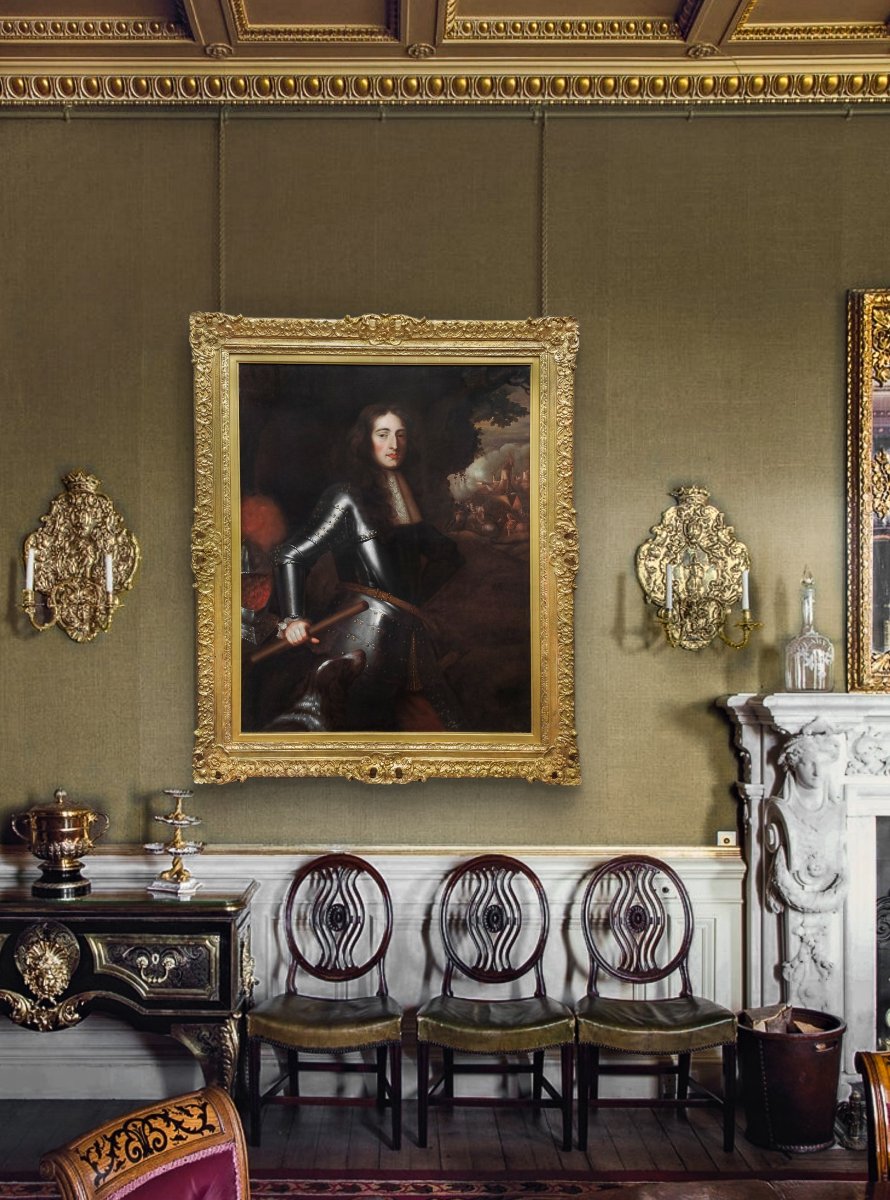







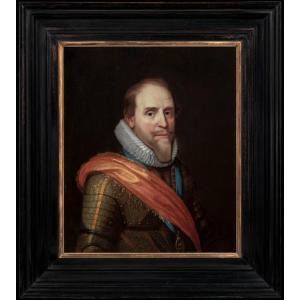




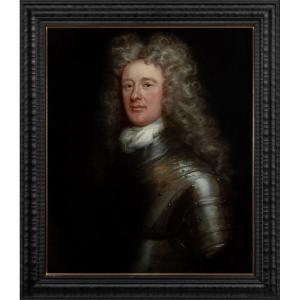

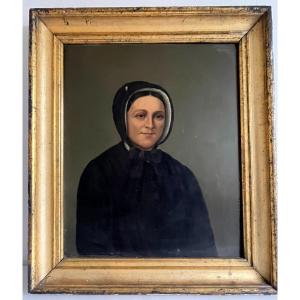

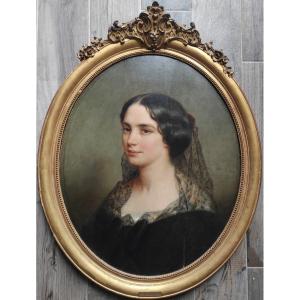
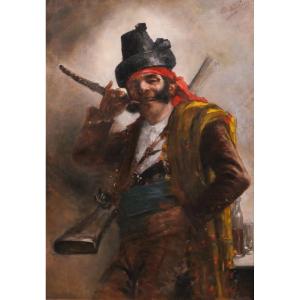




 Le Magazine de PROANTIC
Le Magazine de PROANTIC TRÉSORS Magazine
TRÉSORS Magazine Rivista Artiquariato
Rivista Artiquariato
